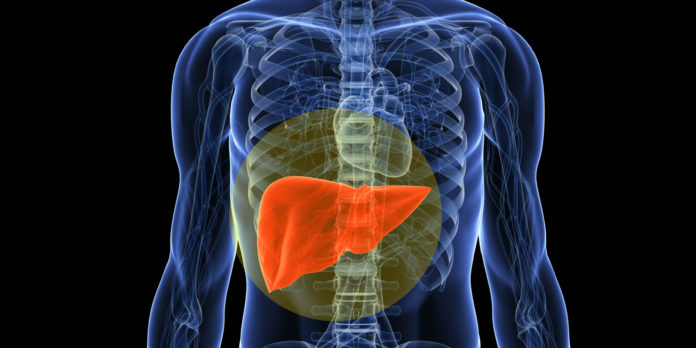Liver biopsy is cumbersome; detecting fatty liver with a blood test will help in early diagnosis
One in four people in Western and Asian societies develop a build-up of fat in the liver as a result of an unhealthy diet. This disease – referred to as non-alcoholic fatty liver disease (NAFLD) – causes no symptoms initially but can develop into end-stage liver cirrhosis with limited treatment options.
A discovery, published today in Molecular Systems Biology, paves the way for a simple blood test to detect early stages of NAFLD, opening up the possibility of preventing the development of liver cirrhosis through lifestyle changes or pharmaceutical intervention.
The liver is an important organ, filtering toxic substances from the body and producing proteins required for digestion, blood clotting, and other important physiological functions.
“The liver is very resilient and capable of regenerating itself, which may be the reason why liver damages due to excessive fat deposition can go undetected for a long time,” says EMBO Member Matthias Mann of the University of Copenhagen, Denmark, and the Max Planck Institute of Biochemistry in Martinsried, Germany, who led the study. However, when damage accumulates liver function eventually starts to fail.
To date, the standard procedure for diagnosing NAFLD is liver biopsy – a cumbersome and costly procedure that can lead to complications. Non-invasive methods that reliably detect early stage NAFLD are therefore urgently required
To date, the standard procedure for diagnosing NAFLD is liver biopsy – a cumbersome and costly procedure that can lead to complications. Non-invasive methods that reliably detect early stage NAFLD are therefore urgently required.
Mann and his colleagues investigated the plasma proteome – the entire set of proteins present in the blood plasma – of NAFLD patients. Using sophisticated mass spectrometry technologies, they uncovered a set of proteins that accumulate in the plasma of patients with non-symptomatic NAFLD.
In a first set of experiments, they determined that the blood proteome of patients in a late stage of the disease differed considerably from that of healthy controls. Many proteins that were altered in the patients’ blood proved to be associated with known aspects of the disease, such as thrombosis, vitamin A and D deficiency, or defects in glucose metabolism. These observations show the validity of the procedure to find new disease-related proteins.
In the next step, comparing the proteome of patients in early stage NAFLD with that of healthy individuals, the researchers found only minor differences. They did, however, succeed in identifying six proteins that were significantly associated with early stage NAFLD.
“One of the proteins we uncovered, termed PIGR, is of special interest,” says Mann. “Individuals with NAFLD who do not show any symptoms have increased levels of PIGR in their blood. And the concentration of the protein increases the further the disease progresses, making PIGR an interesting biomarker candidate for the inclusion in liver damage tests.”
While current blood tests only detect liver damage at a late stage in disease development, the present study is an important step towards developing new diagnostic tools to identify patients with NAFLD in a much earlier, pre-symptomatic phase.


